Buy Now, Pay Later [BNPL]: How E-commerce Brands are Revolutionizing Payments
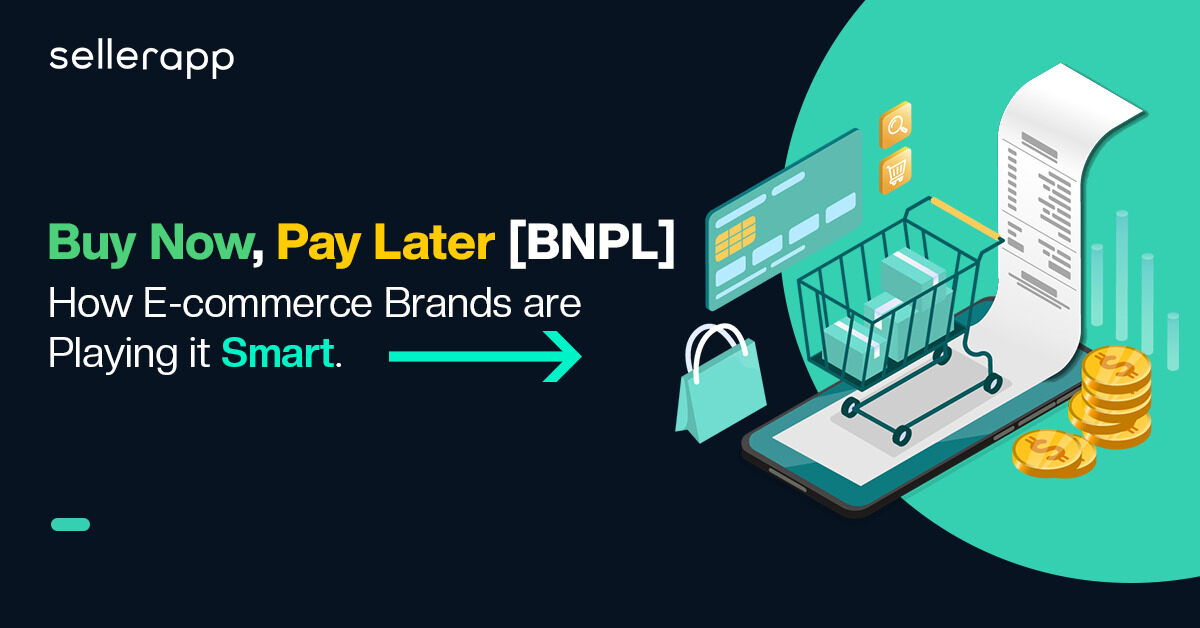
Buy Now Pay Later (BNPL) financing services in the United States have been growing rapidly over the past two years, especially since the onset of COVID-19.
In fact, the size of the BNPL leading market is estimated to reach $25.23 billion by 2028, growing at a CAGR of 26% from $ 5.01 billion in 2021 (source).
Digitization, rising merchant adoption, an increasing number of younger shoppers, and the financial stress in current economic conditions fuels this trend.
Huge fees, interest rates, missing payments, and shrinking credit limits forced shoppers to stop using credit cards, leaving room for new payment methods to emerge.
To fill the void, Buy Now Pay Later, or BNPL has arisen as a cost-effective and convenient alternative to shopping online.
But why is BNPL so appealing?
BNPL lets shoppers buy something now and pay for it in smaller amounts over time without having to worry about hidden charges or high-interest fees.
So, what does this mean for retailers?
Well, it’s an opportunity to stand out from the competition. By offering BNPL as a payment option, brands can make shopping more convenient and affordable for their customers.
And who doesn’t love that?
So, in this article, we break down how e-commerce brands use BNPL smartly to increase their sales!
Here is a quick peek at the article:
- What is Buy Now Pay Later for E-commerce?
- How Does BNPL Work?
- Buy Now, Pay Later Trend Soars Among US Customers
- What’s in it For Merchants to Offer BNPL
- How Are Brands Using BNPL the Smart Way?
- Final Thoughts
If you’re already aware of how BNPL works and wants to know how to use it for your business, skip to this part.
What is Buy Now Pay Later for E-commerce?
BNPL is a low-cost point-of-sale finance option that allows shoppers to purchase products without paying for them upfront. At checkout, customers have the option to receive the product immediately and pay for it later, either in full after 30 days or in smaller installments over time.
The payment is usually taken directly from their credit or debit card.
BNPL providers charge merchants a 2-6% commission plus a fixed fee for every transaction.
The exact details of the BNPL options may vary by country, but typically shoppers are offered the following three basic options:
- Pay Later in full after 30 days
- Pay Later Installments into 3 or 4 equal, interest-free installments
- Splitting the cost into as many as 36 monthly payments, with interest charges that may apply.
How Does BNPL Work For Shoppers and Merchants?
The way BNPL works is extremely simple! Let’s see with an example.
Let’s say Bob wants to buy a $100 gadget. At the time of checkout, he chooses the “Buy Now, Pay Later” option.
In the background, the BNPL provider verifies Bob’s credit score and approves a $100 consumer loan.
Of that $100, the merchant received $96 immediately, with the rest held by the BNPL provider as a commission.
Bob now has to pay a $25 down payment to the BNPL provider to receive the product.
After that, the BNPL provider started collecting installment payments as per the decided rate and timeline directly from Bob’s linked card.
Throughout the process, Bob was always in control and never charged any extra fees or interest as long as he made his payments on time.
The participating merchants also benefited, as they only had to pay the BNPL provider a 2 – 6% commission plus a fixed fee for every transaction.
Note: If the merchant sells high-ticket products, it is better to partner with BNPL services that offer multiple installments over a longer term, such as over six months or a year.
On the other hand, if the merchant sells low-ticket products, then partnering with a BNPL service that offers fewer installments over a shorter period of time makes sense.”
Overall, the “Buy Now, Pay Later” option made shopping more accessible and convenient for shoppers without taking a toll on their monthly budget.
Recommended Guide: How Does Amazon Seller Payment Schedule Work?
Buy Now, Pay Later Trend Soars Among US Customers
The idea of paying for purchases over time has been around for a while in the US. But the launch of BNPL took it to the next level and caught on with tech-savvy consumers.
Since then, the trend has only continued to rise, And BNPL GMV (Gross Merchandise Value) in the USA is set to grow from $49,296.0 million in 2021 to $443781.4 million by 2028.
Why is the trend going upward?
Increased customer spending:
Consumer spending is increasing, particularly among Millennials and Gen Z. As of 2022, 360 million shoppers are using BNPL worldwide, and it’s expected to grow to 900 million by 2027, with a 157% growth.
Supply chain disruptions fueled BNPL adoption:
With the pandemic causing shortages, shoppers were forced to buy early for the holidays. And BNPL programs helped 64% of American living paycheck-to-paycheck fulfill their dreams. As a result, BNPL apps saw 3.47 million downloads in December 2021.
As the popularity of BNPL continues to rise, businesses need to take a closer look at why consumers are drawn to this payment solution.
Here are five reasons behind it!
Credit Card Usage is Declining
With high-interest rates, declining credit limits, and underwhelming rewards programs plaguing the credit card industry, shoppers are turning to BNPL as a more attractive option, especially after the COVID-19 pandemic.
Unlike credit cards, BNPL typically offers limited fees and interest rates, making it a more affordable way to finance purchases.
Furthermore, the flexibility of BNPL, with instant approval and the option to pay in smaller installments, has proven to be a hit with consumers looking for a more streamlined payment process.
Lack of Alternative Credits
Gen Z shoppers aged 18-24 make up 80% of online shoppers worldwide.
However, the lack of stable income and credit history poses a challenge for these first-time borrowers, often requiring them to seek a parent’s guarantee for a credit card loan.
BNPL doesn’t have such restrictions. Gen-Z shoppers use BNPL to shop online, and some even use BNPL as an alternative to credit cards, thereby improving their credit score by paying back on time.
Convenience
As the COVID-19 pandemic continues to shape the future of shopping, convenience, and speed are becoming increasingly important factors for consumers, particularly among Gen Z and millennial shoppers.
Gen Z and millennial consumers, known for their tech-savvy ways, are on the hunt for quick and effortless shopping experiences. In fact, these shoppers typically scout through at least three to four websites before making a purchase.
For these shoppers, BNPL gives the maximum convenience. The payment approval is instantaneous, and they have the flexibility to repay at a later date. This makes it a popular choice for shoppers who want to breeze through the shopping journey without delays.
Easy Refund
With regular payment options, refunds take several days to hit your bank account. But with the BNPL payment method, the refund is instant.
In the event of cancellation, the transaction gets canceled without any further obligations.
This quick and hassle-free process is a major advantage over payment methods.
For example, if a customer buys a phone cover using a BNPL product and then finds a better deal, they can easily cancel the original order, receive an instant refund, and buy the new product. They can’t do the same with traditional payment options.
What’s in it For Merchants to Offer BNPL
Now that you know a growing number of customers prefer BNPL payment options, the real question is, why should a merchant consider buy now pay later?
How does it support a seller’s bottom line?
Here are five key advantages of accepting BNPL payment options for merchants:
Increase Sales
BNPL is a winning formula for businesses looking to boost their sales. By eliminating the price barrier for shoppers, BNPL makes it possible for customers to purchase products without making a large upfront payment.
Customers can now buy products ahead of payday or when they don’t have the full amount available, making it easier for them to afford high-ticket items. This, in turn, drives up the Average Order Value (AOV) for merchants.
Moreover, BNPL also attracts new customers. If a business offers BNPL and its competitors, don’t, shoppers may be more likely to switch to the brand that offers this flexible payment solution.
Better Customer Experience
BNPL offers shoppers a virtual line of credit that they can use multiple times to make big-ticket purchases without causing any friction to their shopping experience.
It gives customers greater ease of use which translates into more sales because shoppers gain the confidence that they can buy multiple items without breaking the bank.
In fact, RBC Capital Markets predicts a boost in retail conversion rates, estimating an increase of 20% to 30% due to the use of BNPL payment options.
Since a positive customer experience is essential for retention, these seamless purchase experiences keep customers coming back again and again for their next big-ticket purchase. It also improves the customer lifetime value (CLV).
Reduce Cart Abandonment
Shopping cart abandonment is a common issue in e-commerce, with many consumers reconsidering their purchases just before hitting the “confirm order” button.
Many shoppers are hesitant to purchase with traditional credit cards and other types of loans because of low credit scores and high-interest rates.
However, BNPL options combat this hesitation by offering customers more flexible payment option that reduces the perceived financial burden of making a purchase.
Improves Cash Flow
While with BNPL options, customers can delay their payment, and merchants receive their payment at the time of sale from the BNPL provider.
Some BNPL providers even handle the credit risk from customers and manage the installment payments with the buyer, shielding merchants from the potential risk of non-payment.
This arrangement not only benefits consumers with more flexible payment options but also helps online merchants improve their cash flow by having cash on hand for goods sold without having to set aside funds to cover bad debts.
How Are Brands Using BNPL the Smart Way?
With BNPL set to make up 14% of e-commerce transactions by 2026, it’s clear that this payment method is gaining popularity among both consumers and retailers.
In fact, a recent survey found that nearly 70% of shoppers spend more when using BNPL services, making it a powerful tool for retailers looking to increase sales.
Leading companies and brands are taking advantage of the BNPL trend, forming partnerships with BNPL providers to offer their customers flexible payment options.
Apple, for example, partnered with BNPL provider Affirm in August 2020 to provide financing for iPhones, iPads, and Macs.
Amazon also partnered with Affirm in mid-2021 to offer BNPL to their customers on a checkout value of $50 or more. Customers can split the cost into four installments spread over a fixed period of time.
PayPal’s BNPL service is another prime example of how BNPL drives sales. Since launching, more than 7 million consumers have used PayPal’s BNPL service to purchase over $3.5 billion in products, and PayPal has even stopped charging late fees on BNPL payments.
Another popular BNPL provider, Afterpay, has formed partnerships with high-profile brands such as Nordstrom, Calvin Klein, and Tommy Hilfiger. Since the integration, Afterpay has seen a significant increase in spending through its service, with a 230% increase reported since 2020.
These partnerships are not only providing customers with convenient payment options, but they are also providing brands with a competitive edge in the market. By offering BNPL, brands can attract more customers, increase their average checkout price, and ultimately boost their sales.
Final Thoughts
Companies must navigate the shift with a data-driven approach as the preference for BNPL continues to rise among younger generations and credit card usage declines.
This requires a deep understanding of the target audience, industry dynamics, financial health of the company, perceived risks, and growth potentials.
At SellerApp, we have a proven track record of helping top CPG brands like Coca-Cola to gain a competitive edge through data-driven insights. Our expertise can help your brand achieve similar success. By partnering with us, you can identify strategies that align with your business needs and drive growth by improving conversion rates, average order value, and customer lifetime value.
Schedule a call with us to learn more about how we can support your business goals.
Additional read:
Additional read:



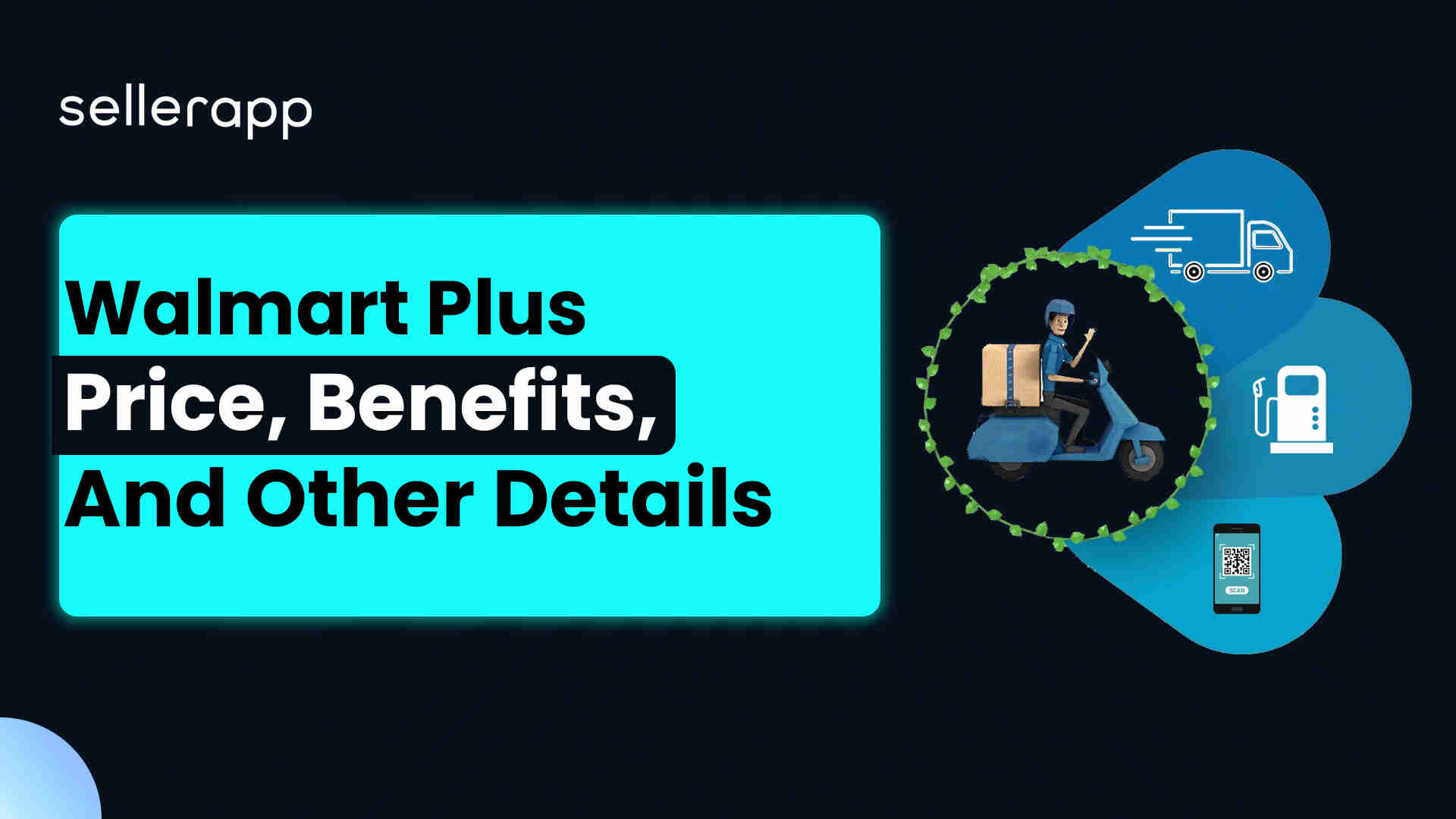
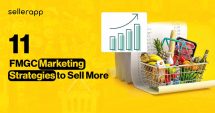
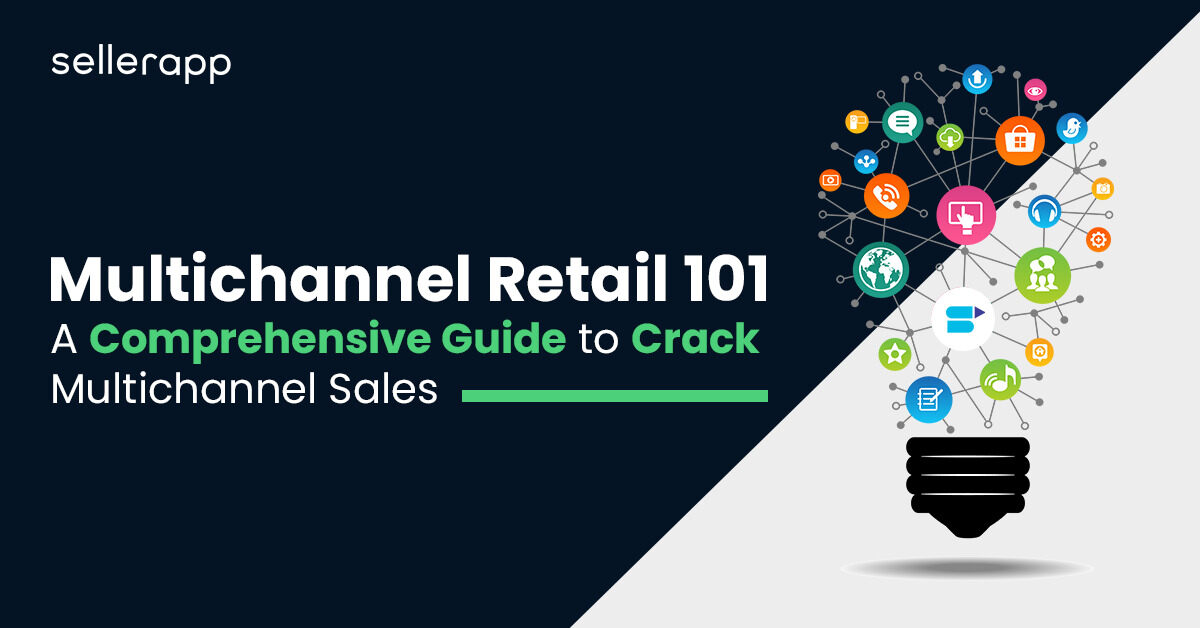
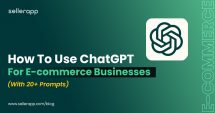

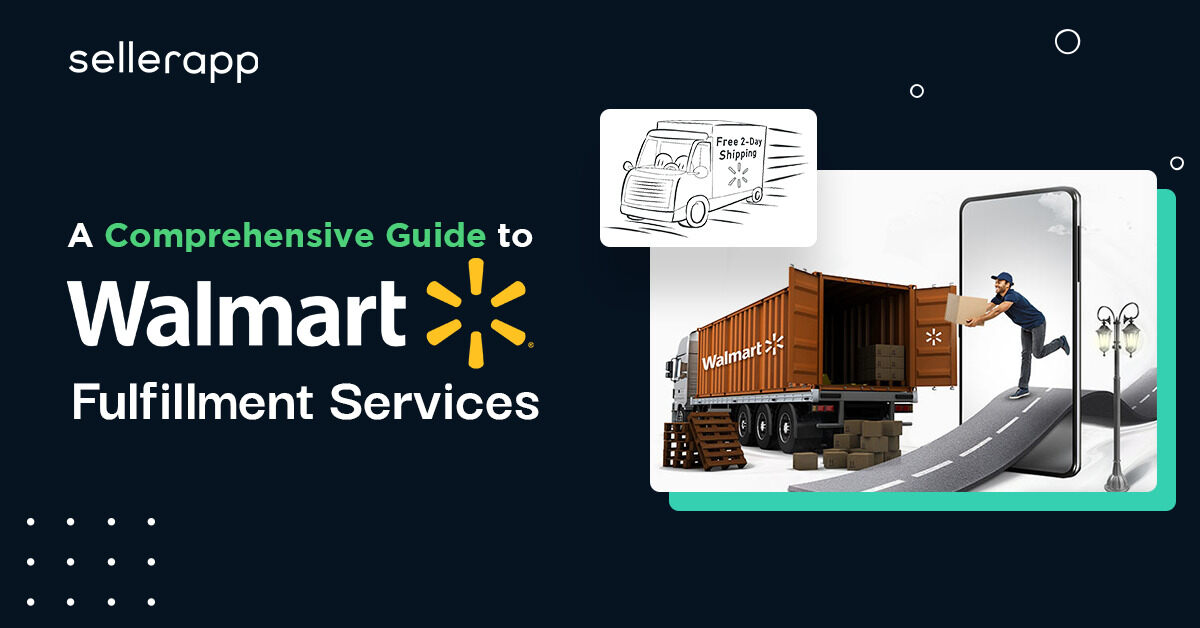
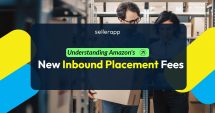
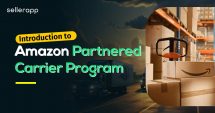
Stella
February 6, 2023Great article! I completely agree that BNPL has become a popular alternative to traditional credit cards. It’s a win-win situation for both shoppers and retailers, as it offers more convenience and affordability. I’m glad to see e-commerce brands utilizing this trend to increase sales.
Sharon
February 6, 2023I just recently started using BNPL for online shopping and I have to say I love it! The small, manageable payments make it much easier for me to budget and keep track of my spending. I appreciate the transparency and lack of hidden fees. Thanks for shedding light on this growing trend in e-commerce.